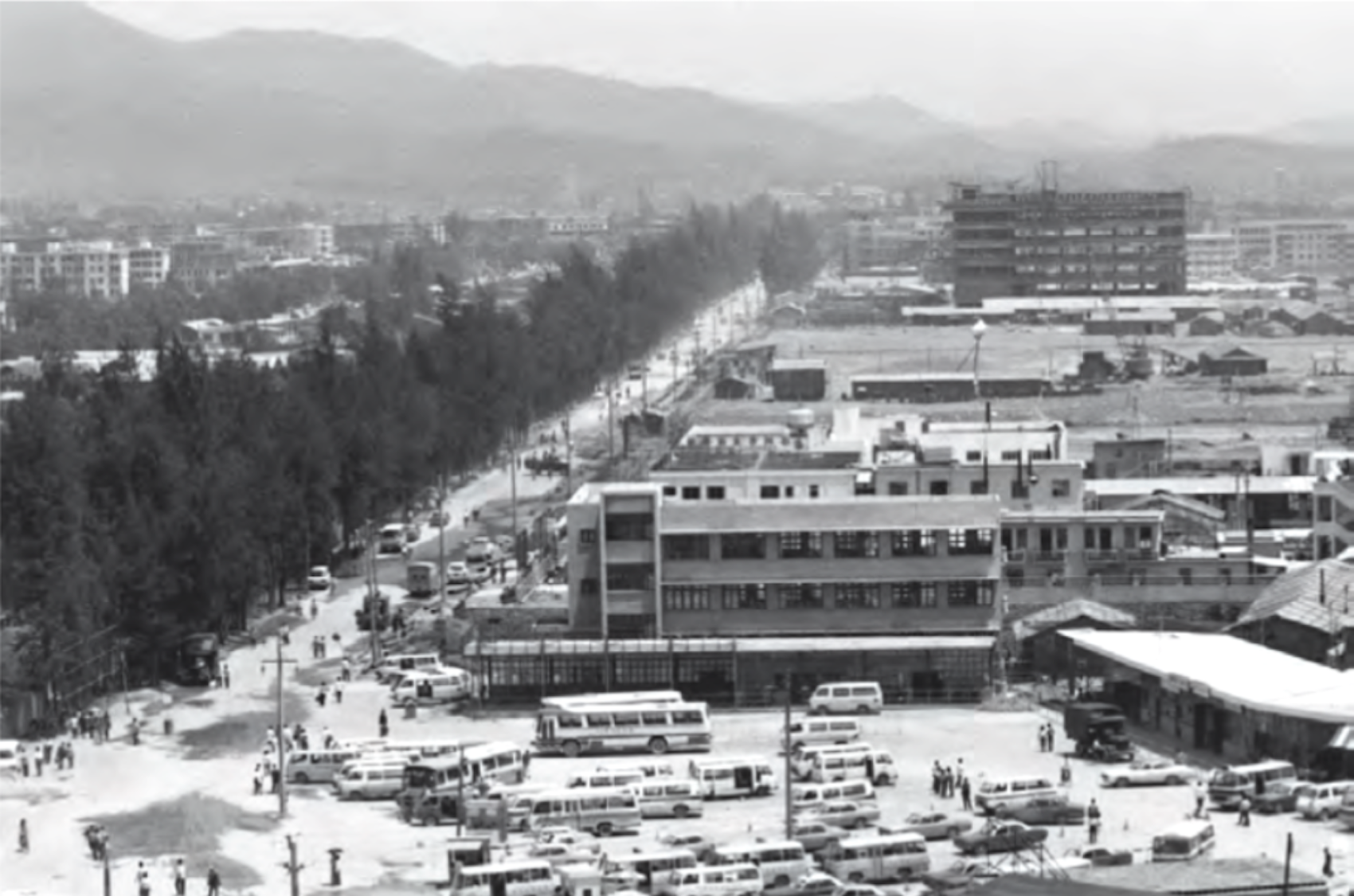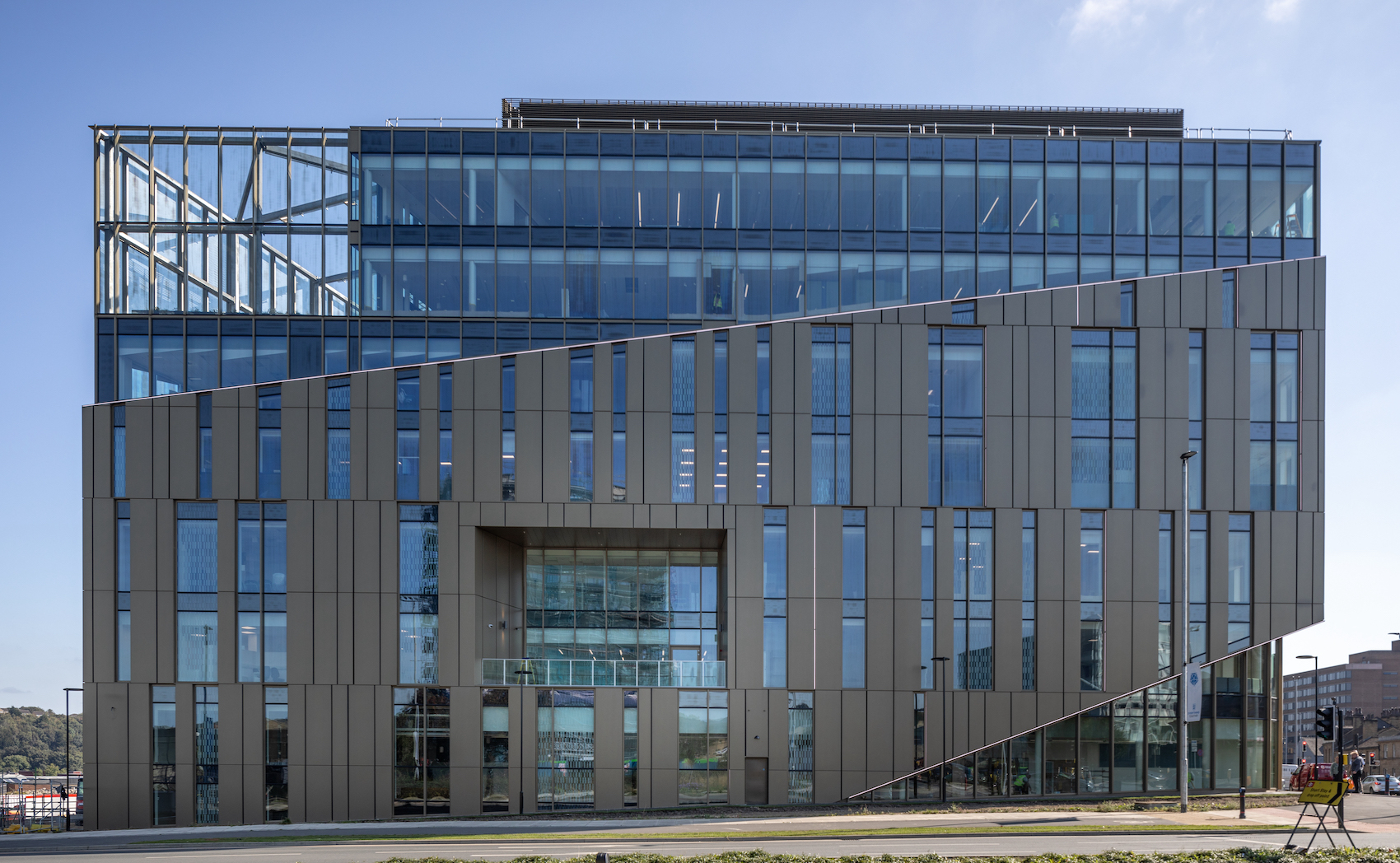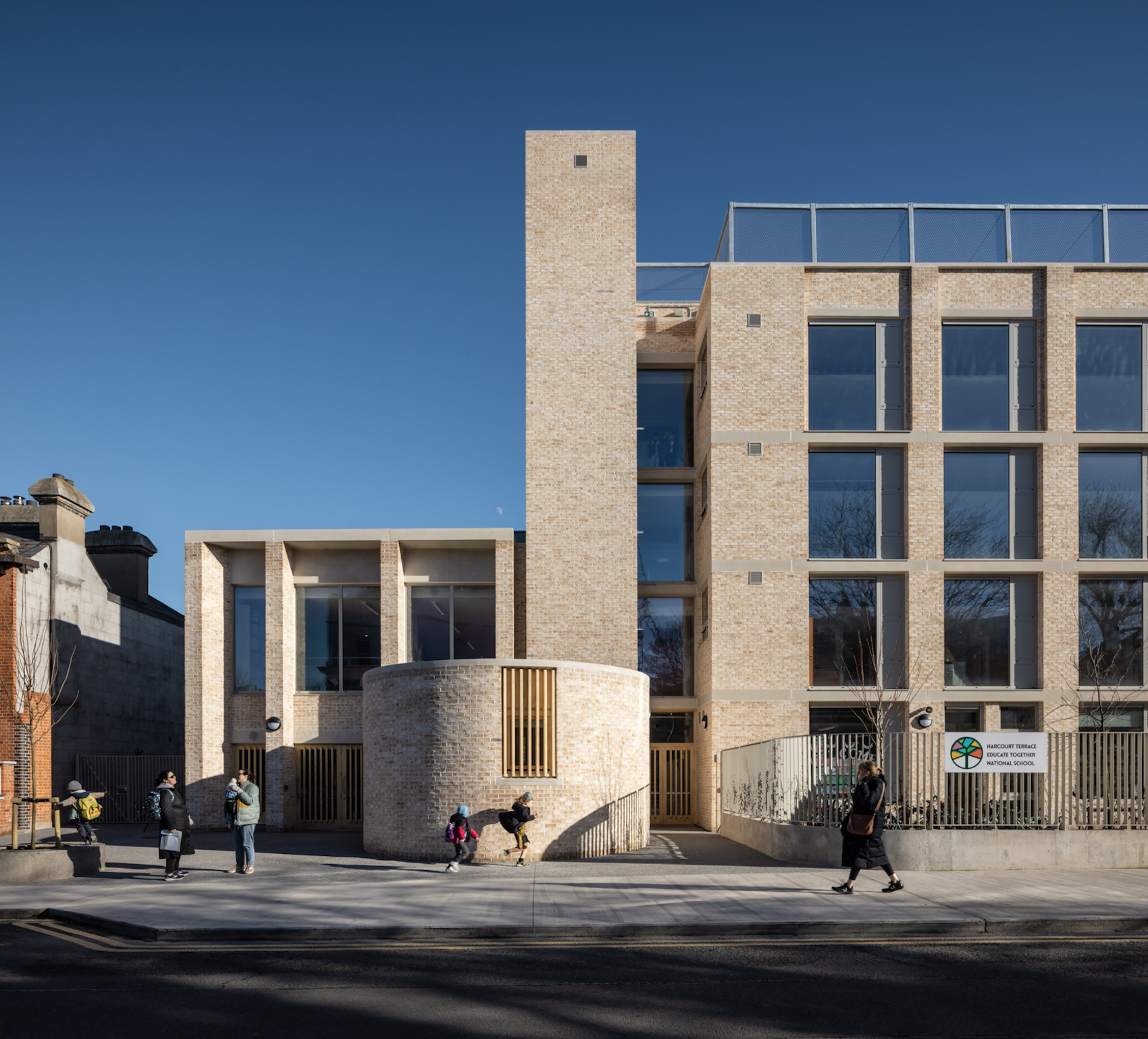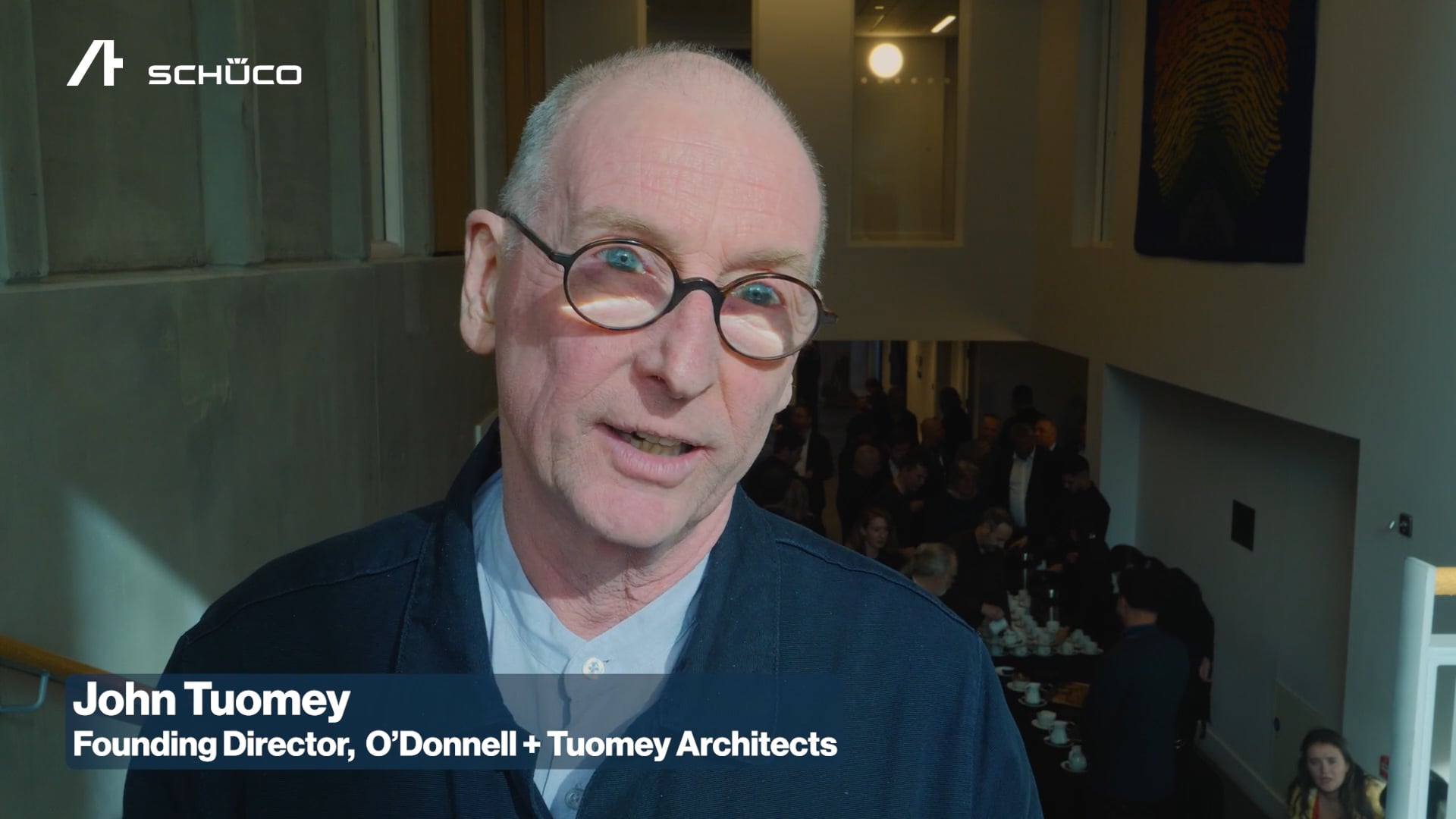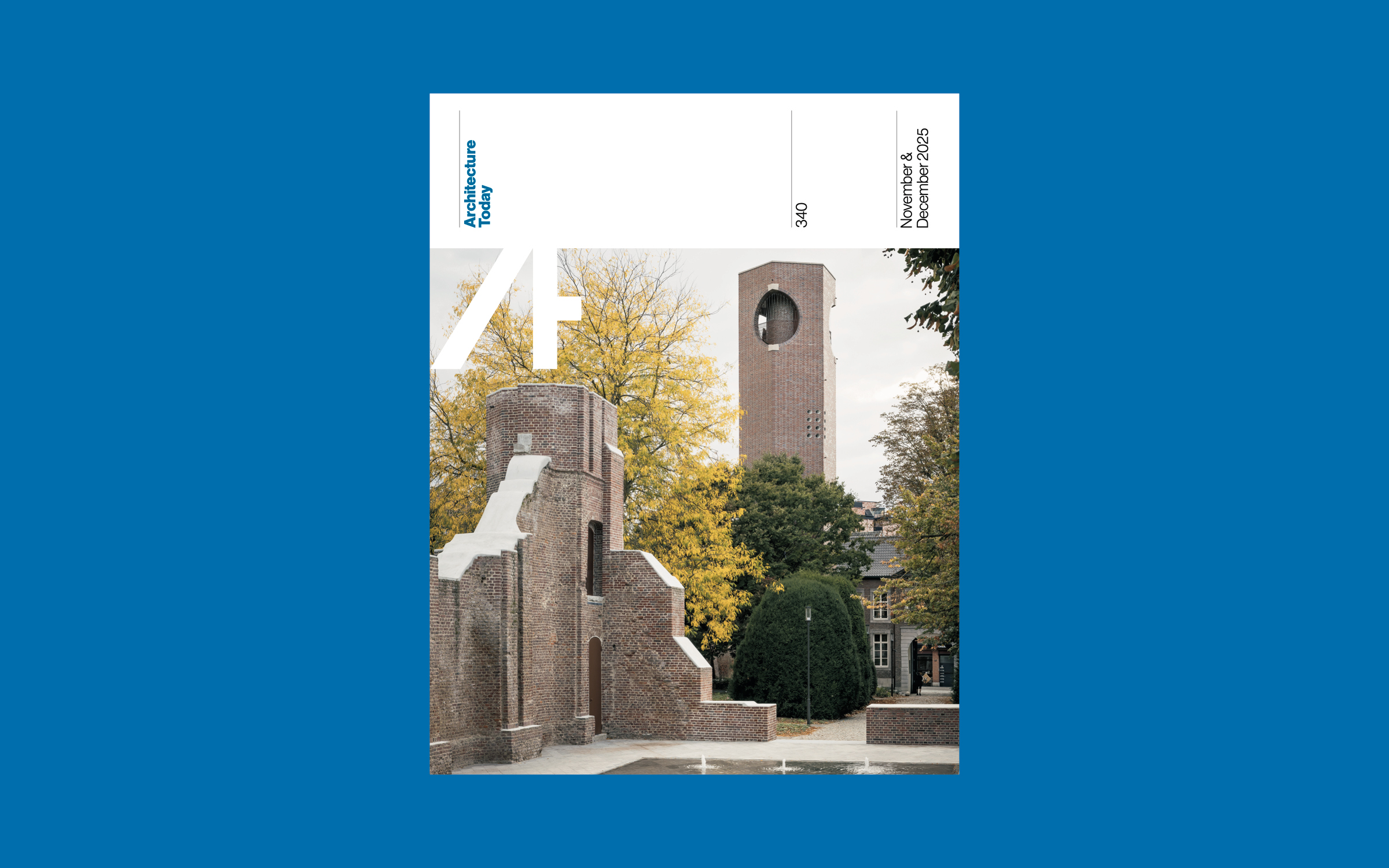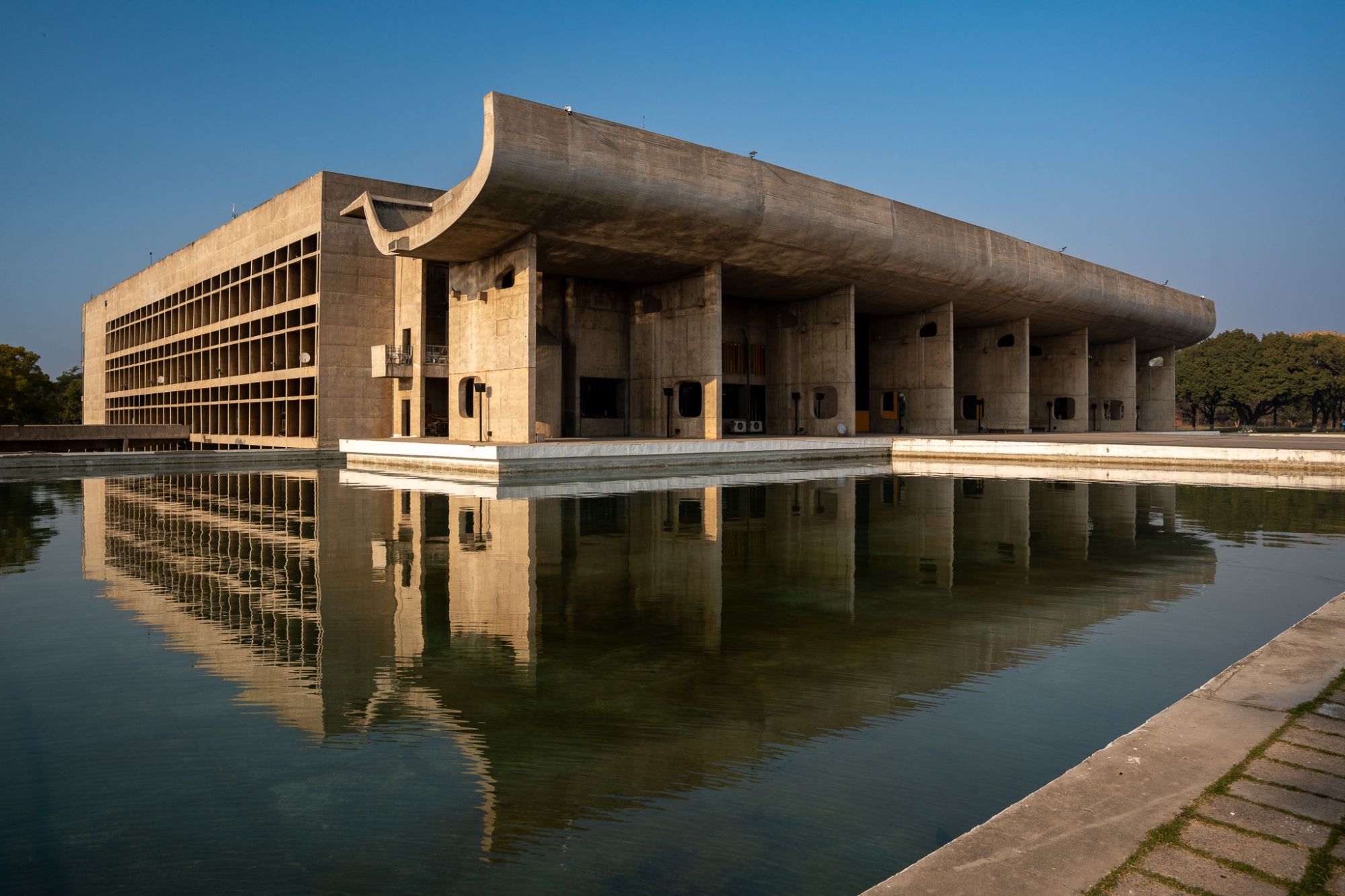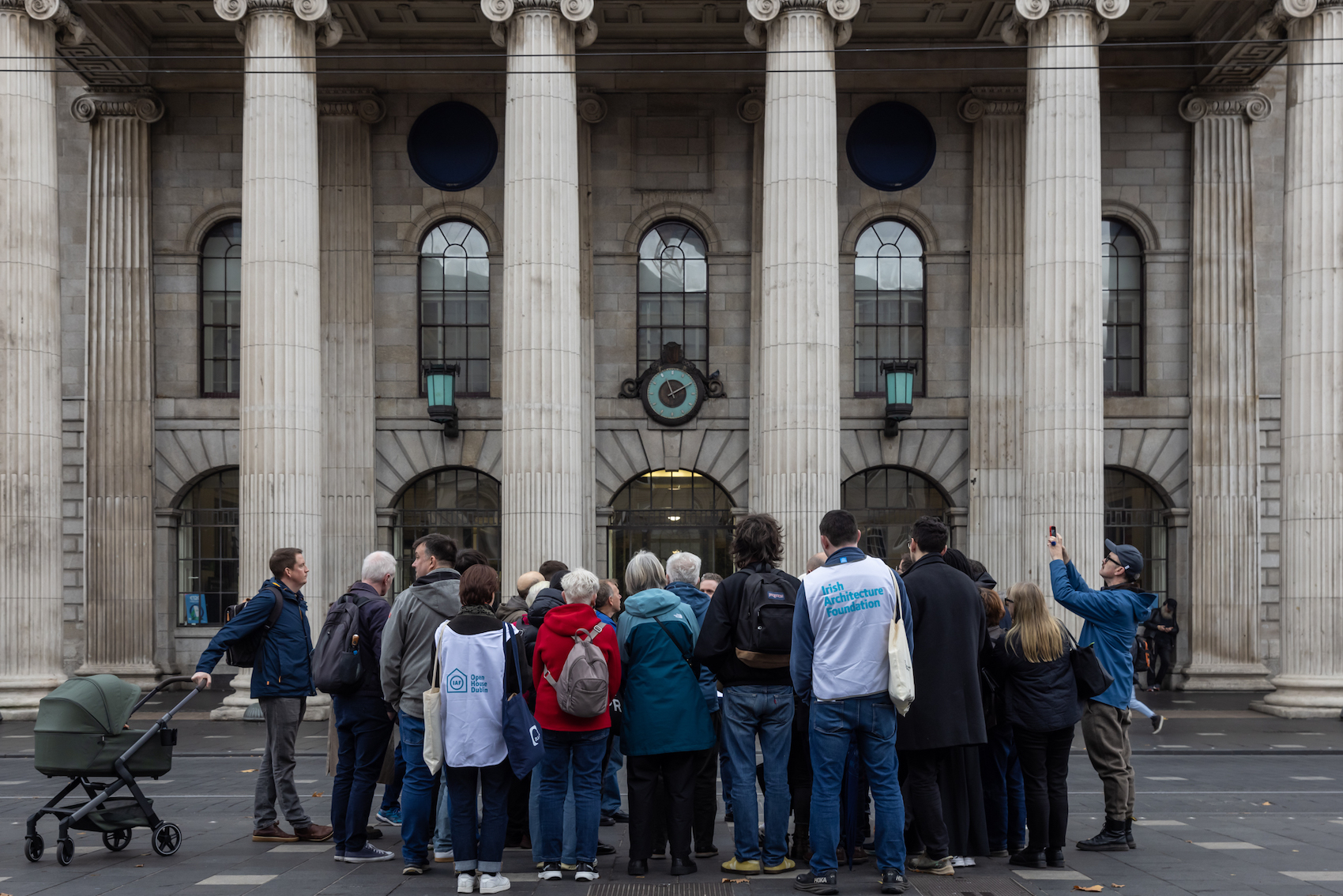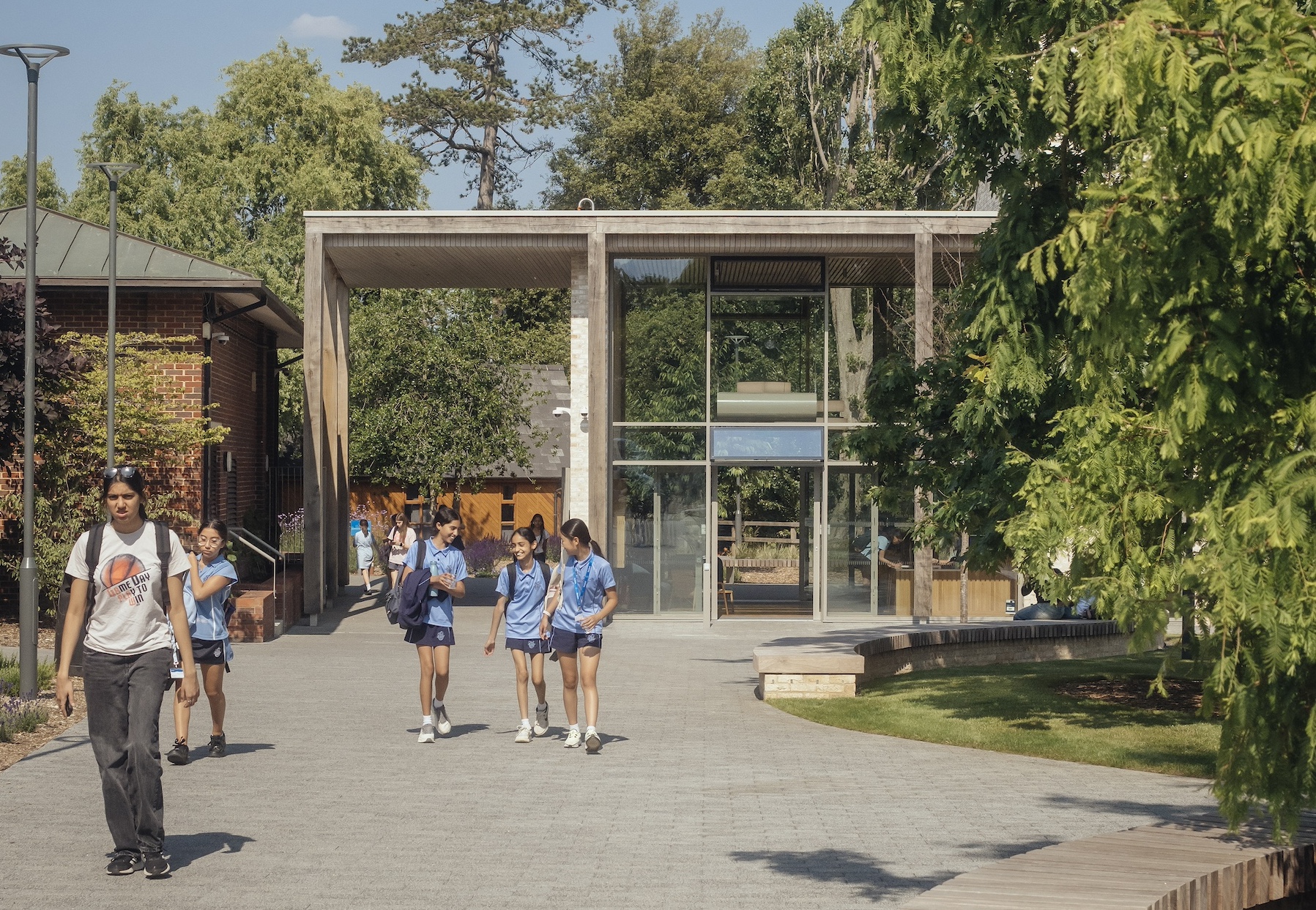AT chats to… Norman Foster on his mission to educate a new generation of innovators and city leaders.
Norman Foster addresses the first cohort of students at the Norman Foster Institute’s one-year Programme on Sustainable Cities based at the Norman Foster Foundation in Madrid.
What’s happening?
We’ve just launched the Norman Foster Institute’s inaugural Programme on Sustainable Cities here in Madrid. It’s a year-long course designed to train scholars from different disciplines in the sustainable development of cities with strategies for the future. This will be achieved through hands-on fieldwork and community engagement, the use of advanced simulation tools, and the incorporation of the Sustainable Development Goals (SDGs) into local action plans.
What’s on the curriculum?
The Programme combines practical on-site experience with academic input from the Norman Foster Foundation and Universidad Autónoma de Madrid’s network of international experts, which includes academics, scientists, planners and property developers. The course begins with training tools and skills that can be used to address wide-ranging issues of cities. We’ll be focussing on three pilot cities, which the scholars will be visiting. Taking a multidisciplinary approach, the scholars will use the most up-to-date digital tools to propose, develop, test and implement interventions that will improve the quality of life in their chosen city. Towards the end of the year, the scholars will present their findings to the city administration. We will help them to hone their advocacy, communication and presentation skills, as well as give them tools and skills, such as mapping and the collation and interpretation of data.
Which cities have you chosen?
Athens, San Marino and Bilbao. In this first edition of the course, the cities will be European, although the methodical approach will be adaptable to cities worldwide, as well as informal settlements and suburbia. Historically, cities have learnt from each other, so it’s important for the scholars to explore the relevance of their conclusions in the wider context of global cities.
Does the world need another architecture course?
It’s not an architecture course. It’s a one year course for anyone who wants to make a difference to the city. We have scholars from different backgrounds, including designers, economists. We even have a textile designer. The average age is 32, so it’s a mid-career break as much as a continuation of traditional education. Is it necessary? Cities must be at the centre of solutions to the most urgent problems facing our society. They are responsible for 90 per cent of global wealth creation, 90 per cent of population growth and 70 per cent of global CO2 emissions. The most recent Intergovernmental Panel on Climate Change report makes clear that developing urban transformation is key to addressing global warming. Quite literally, the future of our society is the future of our cities. We should do everything we can to see that they’re in safe hands.







